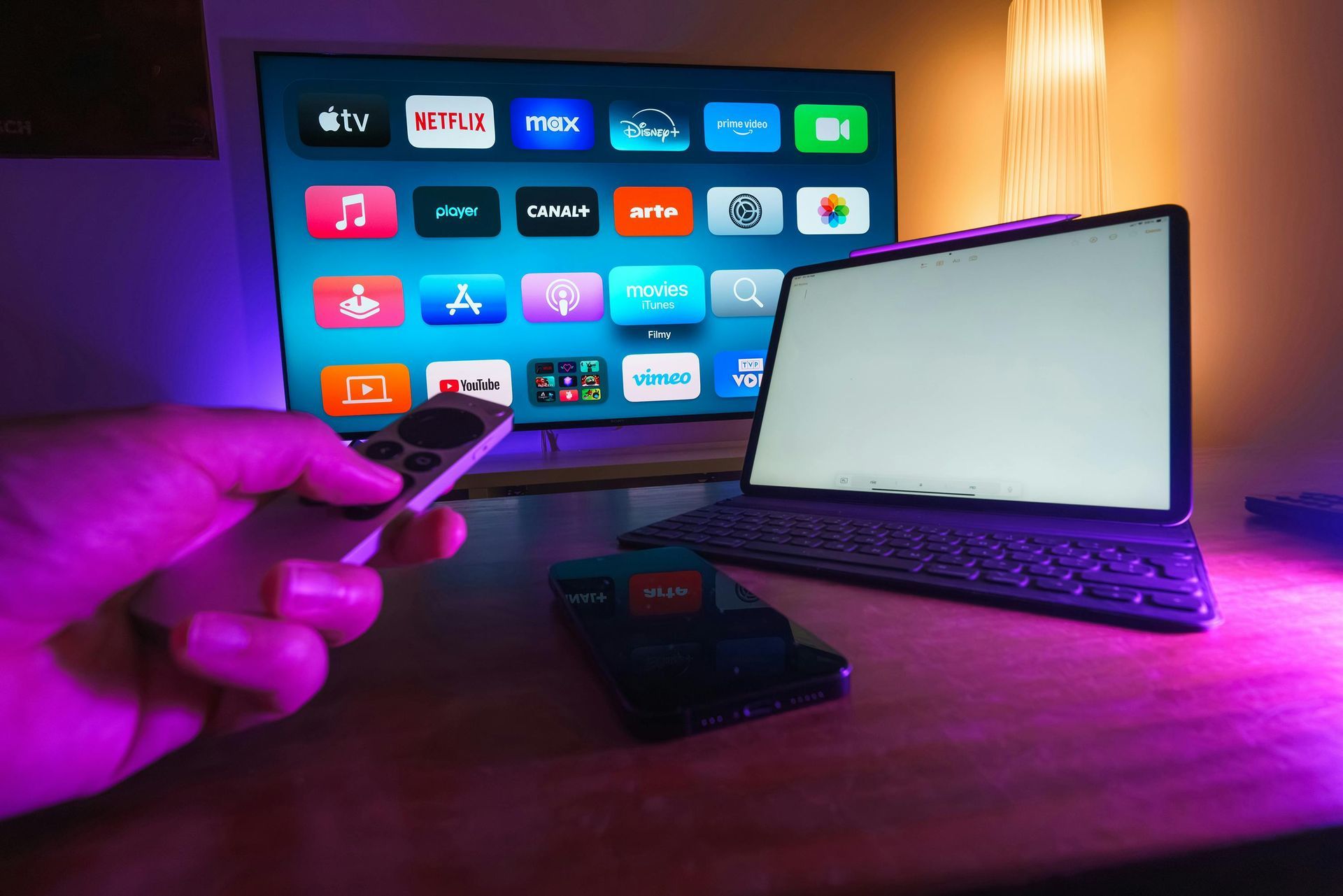In today’s fast-paced digital world, mobile apps have become essential tools for businesses to connect with their customers. Whether it’s an e-commerce app, a fitness tracker, or a banking platform, apps are often the primary touchpoint for user interactions. However, the design and functionality of these apps play a pivotal role in shaping customer perceptions. Poor app design doesn’t just lead to frustration—it can erode trust and damage a brand’s reputation.
This blog explores how subpar app design impacts customer trust, the common pitfalls businesses face, and how to ensure your app fosters confidence and loyalty.

The Impact of Poor App Design on Trust
1. Frustration Breeds Distrust
When users encounter confusing navigation, slow load times, or glitches, frustration sets in. This frustration doesn’t just affect their experience; it makes them question the competence of your business.
- Example: An online shopping app crashes during checkout, leaving the user unable to complete their purchase. This not only causes inconvenience but also raises doubts about the app’s reliability.
- Result: Customers may abandon the app entirely and seek alternatives, taking their loyalty and spending power elsewhere.
2. Security Concerns
Apps that appear poorly designed or outdated often raise red flags about security. Users may hesitate to input sensitive information, such as credit card details or personal data, fearing that the app isn’t secure.
- Example: An app without proper encryption or visible security badges during payment processes can lead to a decline in customer trust.
- Result: Users may uninstall the app and share their concerns, damaging your brand’s reputation.
3. Negative Word-of-Mouth
In the age of online reviews and social media, a poorly designed app can quickly become the subject of public criticism. Frustrated users often share their experiences, influencing potential customers.
- Example: A user tweets about constant bugs in an app, and the post goes viral, discouraging others from downloading it.
- Result: Negative publicity spreads faster than positive reviews, amplifying the damage caused by poor design.
Common Pitfalls of Poor App Design
1. Complex Navigation
When users can’t easily find what they’re looking for, they’re likely to abandon the app. Overly complex menus, hidden features, or inconsistent layouts confuse and frustrate users.
- Solution: Prioritize simplicity and clarity in navigation. Use intuitive icons, clear labels, and a logical hierarchy to guide users.
2. Slow Performance
Apps that lag, freeze, or crash create a poor impression and waste users’ time. Performance issues are one of the fastest ways to lose trust.
- Solution: Optimize app speed by minimizing load times and ensuring smooth transitions between screens. Regularly test the app to identify and fix performance bottlenecks.
3. Lack of Accessibility
If your app isn’t accessible to users with disabilities, you’re alienating a significant portion of your audience and sending the message that inclusivity isn’t a priority.
- Solution: Follow accessibility guidelines, such as providing text-to-speech functionality, scalable fonts, and color contrast for visually impaired users.
4. Inconsistent Design
Apps with inconsistent fonts, colors, and layouts feel unpolished and unprofessional. This inconsistency creates a disjointed experience, undermining trust.
- Solution: Establish and adhere to a cohesive design system that ensures consistency across all screens and interactions.
5. Intrusive Permissions
Requesting unnecessary permissions, such as access to contacts or location data without justification, raises privacy concerns.
- Solution: Only ask for permissions that are essential to the app’s functionality, and provide clear explanations for why they’re needed.
How to Build Trust Through App Design
1. Prioritize User-Centered Design (UCD)
Put your users at the center of the design process by understanding their needs, preferences, and pain points. Conduct surveys, interviews, and usability testing to gather insights.
- Example: A fitness app uses user feedback to simplify its workout tracker, making it easier to log exercises and track progress.
- Outcome: Users feel valued and are more likely to trust the app.
2. Focus on Security and Transparency
Show users that their data is safe by incorporating visible security features and clear privacy policies.
- Example: A banking app displays security badges and provides two-factor authentication for added protection.
- Outcome: Users feel confident sharing sensitive information.
3. Ensure Consistent Branding
Consistency in branding reinforces trust by creating a cohesive experience. From logos to color schemes, every element should align with your brand identity.
- Example: A food delivery app uses its signature colors and fonts across all screens, reinforcing brand recognition.
- Outcome: Users associate the app’s reliability with its familiar design.
4. Offer Seamless Onboarding
A smooth onboarding process sets the tone for a positive user experience. Guide users through the app’s key features with clear instructions and visuals.
- Example: A travel app provides an interactive tutorial to show users how to search for flights and manage bookings.
- Outcome: Users quickly adapt to the app, increasing their satisfaction and trust.
5. Regular Updates and Maintenance
Keep your app up to date with new features, bug fixes, and performance improvements. Regular updates signal that you care about user experience and are committed to providing value.
- Example: A social media app regularly updates its interface based on user feedback, improving navigation and adding requested features.
- Outcome: Users remain engaged and loyal.
Case Studies: The Cost of Poor App Design
Case Study 1: A Retail App’s Checkout Failure
- Issue: The app’s checkout process was overly complicated, leading to a high cart abandonment rate. Users had to navigate through multiple screens and input redundant information.
- Impact: The retailer lost thousands in potential revenue and faced negative reviews.
- Solution: The company simplified the checkout process to two steps and added autofill options, resulting in a 40% increase in completed transactions.
Case Study 2: A Ride-Sharing App’s Poor Performance
- Issue: Frequent crashes and slow loading times frustrated users, who turned to competitors.
- Impact: The app saw a 25% decline in daily active users.
- Solution: After optimizing the app’s performance and implementing rigorous testing, the company regained user trust and improved retention rates.
The Future of App Design
As technology evolves, user expectations for app design will continue to rise. Businesses must prioritize:
- Personalization: Tailoring app experiences to individual users.
- AI Integration: Using AI to predict user needs and enhance functionality.
- Sustainability: Designing apps that minimize resource consumption, appealing to eco-conscious users.
- Immersive Experiences: Incorporating AR and VR to create engaging, futuristic interfaces.
By staying ahead of trends and focusing on user trust, businesses can create apps that not only meet expectations but exceed them.
Conclusion
Poor app design doesn’t just inconvenience users—it erodes trust, damages reputations, and impacts revenue. To build and maintain customer trust, businesses must prioritize user-centered design, security, and continuous improvement. Apps that are intuitive, reliable, and transparent will not only attract users but also earn their loyalty.
💡 Takeaway: A well-designed app isn’t just a tool—it’s a trust-building asset that strengthens your brand and deepens customer relationships.



All rights reserved © 2004-2024 Proshark • Privacy Policy • Messaging Policy • Terms of Service • Advertising TOU




